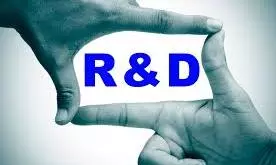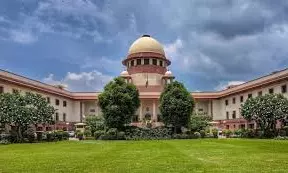No end to Delhi dilemma
The juxtaposition of the Union administration and the national capital region is not unique.;

The Supreme Court’s actions in redefining the powers of the Centre and the “quasi” state of Delhi has left behind a sense of dissatisfaction. The difference of opinion within the two-judge bench means a significant part of the issue will go to a fuller bench. In the interim, before all powers are properly delineated, the situation may be fraught with friction between the AAP government and the Centre. The juxtaposition of the Union administration and the national capital region is not unique. Washington DC also sits within the boundaries of a State that enjoys considerable powers of administration. The judges may have captured the essence of the nature of the Delhi dispute in saying, “The L-G is expected to honour the wisdom of the Council of Ministers… and the executive also expected to give due deference to unique nature of role assigned to L-G.” What happens when the equation is not like that is the leading question.
If the distractions of the verbose manner in which the Delhi chief minister makes public his opposition to dual controls and the Supreme Court orders be set aside, it becomes possible to see that there are real issues, particularly in a confrontational situation as existing now. The point is that in more cordial times there may have been undercurrents but never a combat between the chief minister and the lieutenant governor as we are seeing now, not only in Delhi but also in Puducherry. A more lucid judgment may have helped douse the fires and define future interactions between a seemingly anarchical but reformist chief minister who is popular with the aam aadmi and an antagonistic representative of the Centre. In the absence of a clearer vision on the power of the elected representatives over officers, Delhi will simmer.




